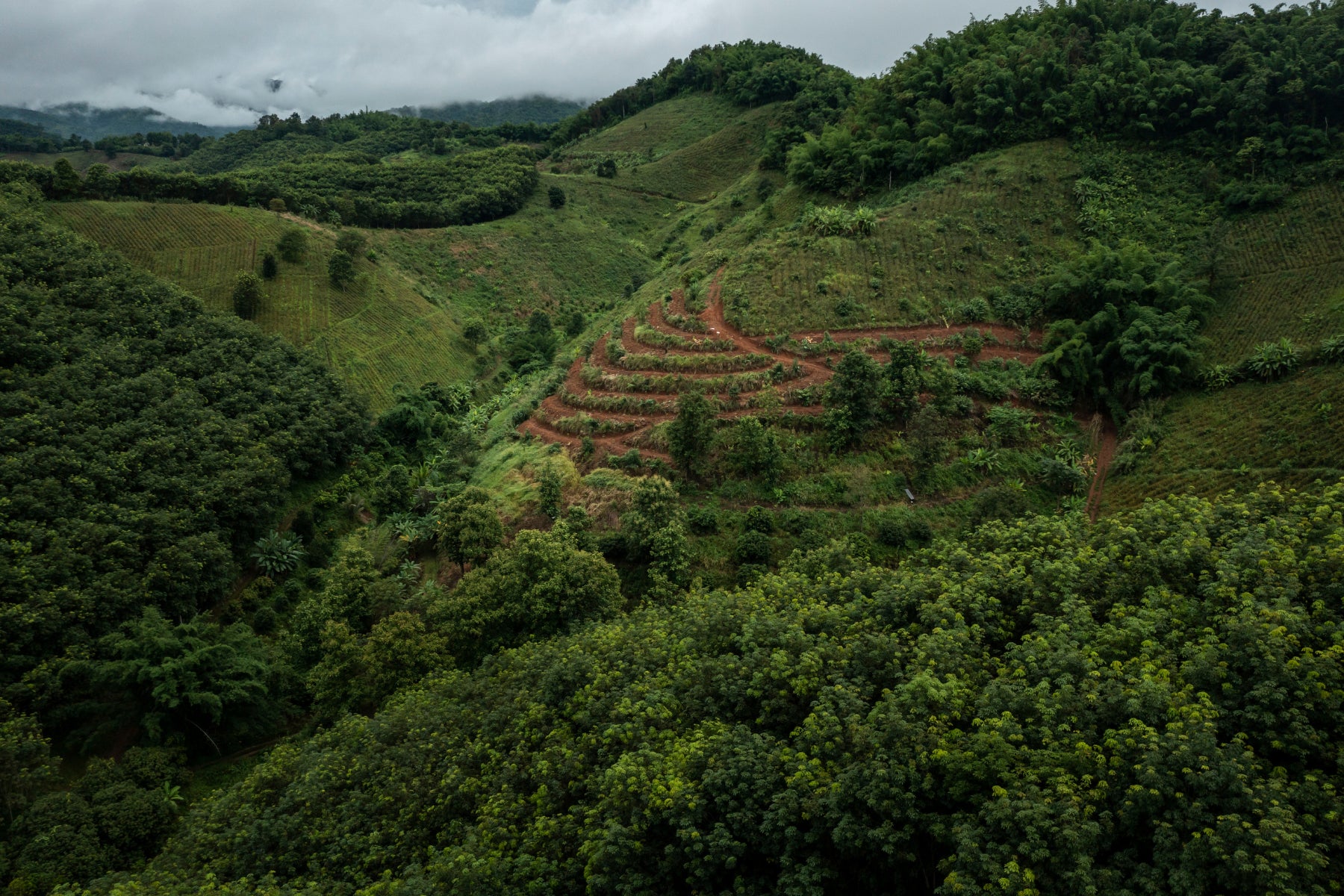In the face of the mounting global climate crisis, afforestation stands out as a beacon of hope and action. This method, which involves planting trees on lands where they have not recently existed, is not just about increasing the number of trees on our planet; it’s about fundamentally transforming our relationship with nature to combat climate change. This blog post explores the critical role afforestation plays in mitigating climate change, its benefits beyond carbon capture, and the global movements making strides toward a greener future.
Planting the Seeds of Change
Afforestation is a powerful tool against climate change for a simple yet profound reason: trees absorb carbon dioxide (CO2), one of the major greenhouse gases, during the process of photosynthesis. By converting CO2 into oxygen, trees act as natural carbon sinks, reducing the overall concentration of greenhouse gases in the atmosphere. The strategic planting of trees, therefore, is not just an act of environmental restoration; it’s a calculated strike against global warming.
Beyond Carbon: The Multifaceted Benefits of Afforestation
The benefits of afforestation extend far beyond carbon capture. Forests play a crucial role in preserving biodiversity, providing habitats for countless species of flora and fauna. They protect watersheds, which benefits agriculture and provides clean water to nearby communities. Moreover, forests can help regulate local climates, reduce the risk of natural disasters such as floods and landslides, and improve soil fertility through nutrient cycling.
Socially and economically, afforestation projects can also be transformative. They have the potential to create millions of jobs worldwide, offering new employment opportunities in rural areas. These projects often involve community participation, fostering a sense of ownership, and strengthening community bonds.
Global Movements and Success Stories
Internationally, afforestation efforts are gaining momentum, with several success stories highlighting their potential. The Great Green Wall initiative across Africa aims to combat desertification by planting a 7,775-kilometer belt of trees across the entire width of the continent. In China, the Green Great Wall or Three-North Shelter Forest Program seeks to stop the expansion of the Gobi Desert, showcasing significant progress in land restoration.
Countries like India have also embarked on massive afforestation campaigns, setting world records for the most trees planted in a single day. These movements are not just about planting trees; they’re about changing mindsets, fostering a global culture of conservation, and inspiring action on a personal and community level.
A Future Forged in Green
As we look to the future, the role of afforestation in mitigating climate change cannot be overstated. However, it’s crucial to approach these efforts with care, ensuring that the right species are planted in the right places to avoid ecological imbalances. Afforestation must be part of a broader climate strategy that includes reducing emissions, conserving existing forests, and restoring degraded lands.
The path forward requires collaboration across nations, sectors, and communities. By investing in afforestation, we invest in a sustainable future, demonstrating that through collective action, we can address the climate crisis. The green shield of afforestation stands not just as a defense against global warming but as a testament to human ingenuity and our capacity to restore balance to our planet.


